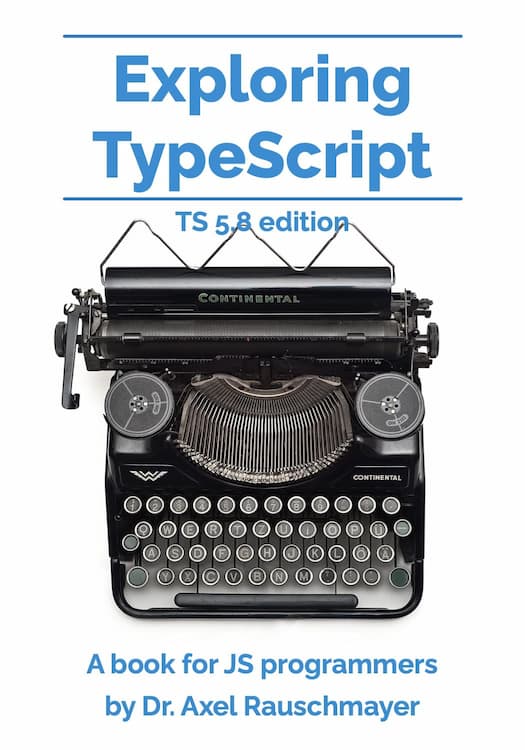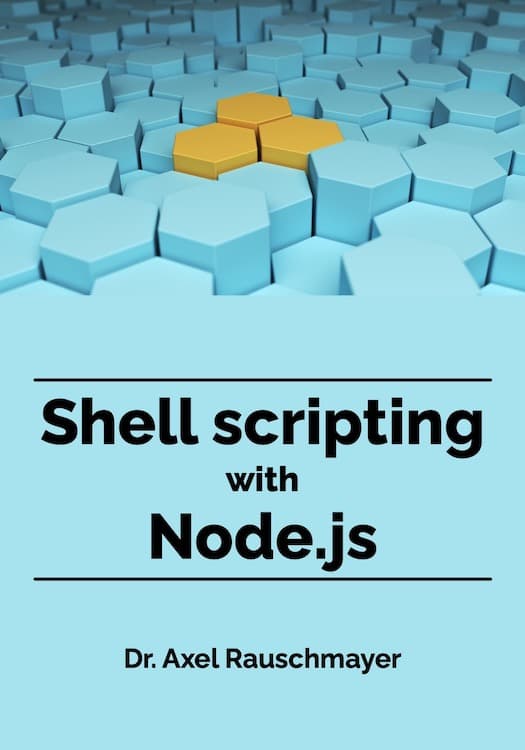2017-05
Module specifiers: what’s new with ES modules?
This blog post describes how module specifiers (the path-like IDs of modules) change with ECMAScript modules (ESM). There are a few subtle differences, compared to the familiar CommonJS module (CJS) style.
2017-04
ES2019: Functional pattern – flatMap
In this blog post, we look at the operation flatMap, which is similar to the Array method map(), but more versatile.
Conditionally adding entries inside Array and object literals
This blog post shows how you can conditionally add elements inside Array literals and properties inside object literals.
Transpiling dependencies with Babel
Figuring out the best strategy for transpiling with Babel is tricky. This blog post proposes a new strategy, made possible by Babel’s preset-env.
Mastodon: like Twitter, but open and federated
Mastodon is like Twitter, but federated and based on open protocols. This blog post explains what that means and what it is like to use Mastodon. It also gives tips for using it.
Setting up multi-platform npm packages
This blog post explains ways of targeting multiple platforms via the same npm package.
2017-03
Two ES6 features that help with CommonJS modules
Even without ES modules, ES6 is a joy to use in Node.js. Two ES6 features eliminate some of the redundancy of CommonJS syntax.
The new 2ality blog setup: statically generated via isomorphic React, hosted on Amazon S3
The new setup for the 2ality blog was literally years in the making: First, I experimented with various approaches. Then fine-tuning took a while, too. In this blog post I explain the details.
ES2020: BigInt – arbitrary precision integers
Warning: This blog post is slightly outdated. Tread carefully.
The ECMAScript proposal “BigInt: Arbitrary precision integers in JavaScript” by Daniel Ehrenberg is currently at stage 3. This blog post gives an overview.
Coming up: a redesign of 2ality
I’ll soon migrate 2ality to a different hosting solution. This blog post tells you what you need to know.





